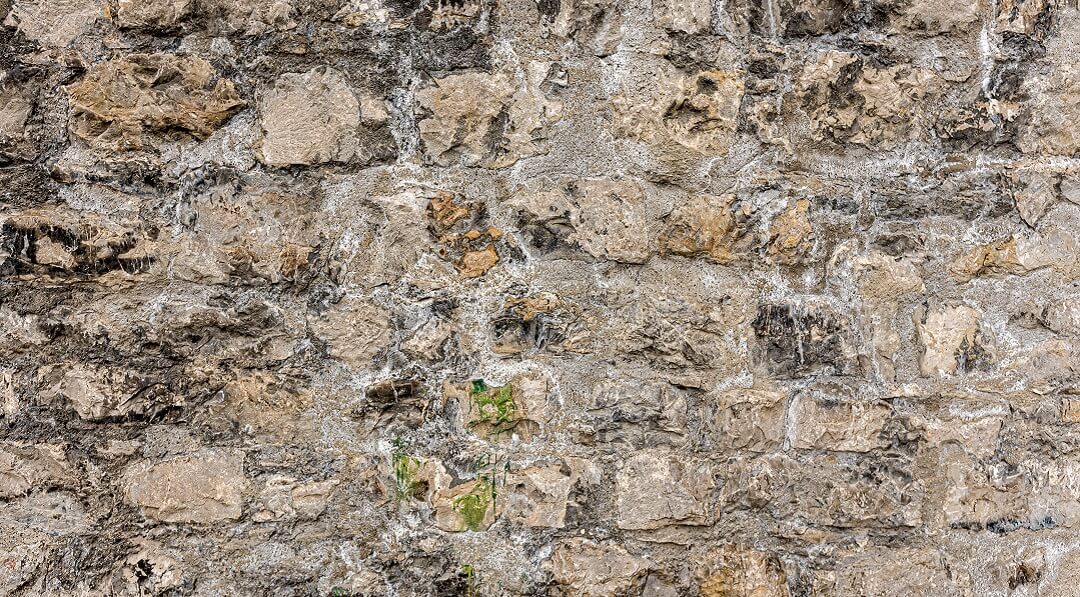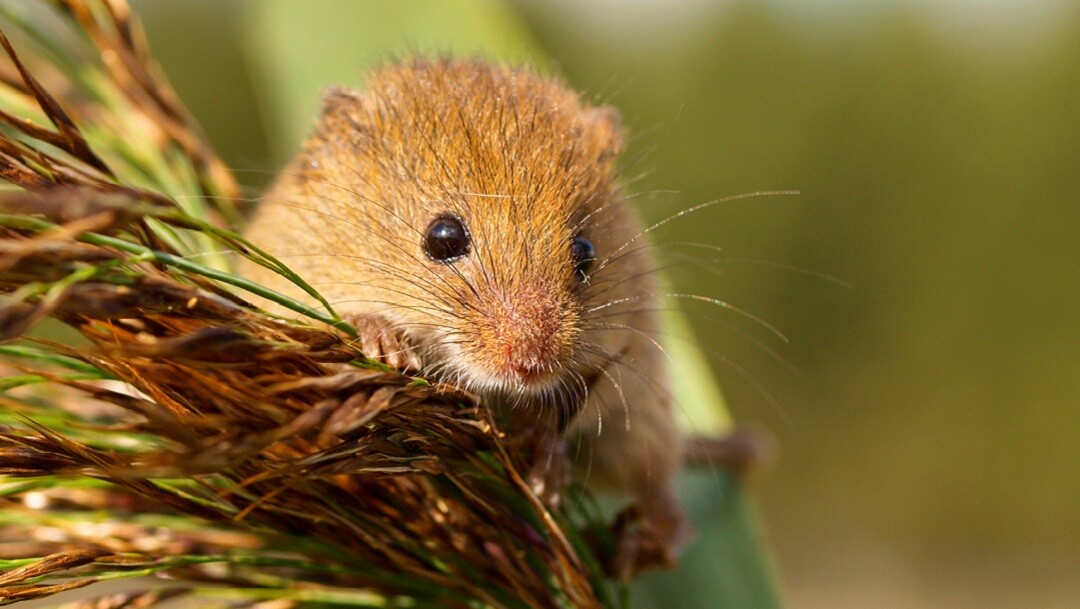If you have ever had a mouse in your house, you know that these pests have the ability to get into the smallest of places and access just about anywhere they put their mind to. But can a house mouse climb the walls? While mice are athletic creatures with amazing abilities, whether or not they can scale your walls will depend on the surface your walls are made of. Surprisingly, these small rodents are actually able to scale most walls with ease, making them even more able to access just about anywhere in your home.
Key takeaways
- Understand the physical attributes that allow mice to climb walls with ease.
- Learn which surfaces mice can climb well and which ones keep mice away.
- Discover the additional abilities these small rodents have to make entering and exploring your home much easier.
- Learn what you can do to mouse-proof your walls and keep these pests away.
Can mice climb walls?
Mice are agile little creatures that are able to climb near vertical and vertical surfaces with ease, with one catch. The texture of walls, stairs, or even ceilings, must be rough or porous enough for the mice to get the right grip and, once they do, there is nothing that will stop them from making it to the top of a wall within seconds. And if the wall doesn’t offer a suitable surface, they will find something that does, such as trim boards, wiring, nails, and insulation inside the walls in order to make their way to where they want to go.
How can mice climb?
But exactly how do mice scale walls like Spiderman? It all has to do with their feet. Mice have four feet, with five toes on each of the front feet and four toes on each of the back feet. These toes, as well as the rest of each foot, are very flexible and able to grasp most surfaces. In addition, each of their toes has tiny, sharp claws that help take advantage of any porous surface, giving mice the ability to hold on to just about anything.

Types of surfaces mice can climb
When it comes to climbing, we have mentioned that mice need a porous surface in order to travel straight up a vertical wall. Here we look at some of the common materials that make scaling a wall and exploring your home much easier for mice.
Concrete
While concrete walls may look smooth from a distance, they are actually very rough and porous, making it very easy for a mouse to quickly scale right up to the top of wherever a new opening may be.
Vinyl siding
Your vinyl siding may look like a nice smooth surface, but the truth is there is enough texture in most vinyl sidings for the tiny claws of a mouse to use to easily scale the surface. Even if the mouse has a difficult time on the surface, vinyl siding offers many additional climbing alternatives. Mice can enter your home through gaps in the siding and climb right up. In addition, if the vinyl siding corner gap is not sealed, this surface provides a direct climbing opportunity that the curious mouse is sure to take advantage of.
Brick walls and drywall
The brick walls that make up your exterior or the drywall that creates your indoor walls are both highly porous or rough materials that allow a mouse to easily grip and climb on. The use of bricks also creates stepping platforms that can make it much easier for a mouse to scale the walls. For interior drywall, mudding and painting can create a slipperier surface for a mouse to climb, but often not enough to stop them.
Trees
Trees are textured, porous wood, so climbing a tree is about as easy as walking a straight line for a mouse. Trees close to your home provide a perfect access point to your home, allowing the mouse to simply climb the tree and use the branches to find a path into your roof, attic, or even a chimney they can climb down through.
Stairs
Unfortunately, stairs are often one of the easiest ways for a mouse to make its way around your home. In most cases, stairs are made with texture, or carpeting, making them relatively easy for a mouse to climb. And if the mouse can’t climb the stairs, chances are this acrobat can simply jump from step to step.
Inside the walls
If the visible side of the wall is too difficult for a mouse to scale, it will often turn to the inside of the wall where you can’t see. Inside the walls, they will find support beams, insulation, plumbing pipes, and wiring that will allow them to easily scale the wall and make their way to other areas of your home.
Wires and pipes
Wires and pipes, whether inside the walls or outside, such as a cord plugged into an outlet for your wall-mounted television, can become a tightrope for a mouse, allowing them to show off their skills and quickly make their way to a new destination.
Walls with props
Think about the walls in your home. Are they completely empty or do you have photos or other wall art taking up space on the surface? Do you have external wiring that lines the wall surface? Any of these “props” on the wall can become a tool for mice looking to climb a difficult surface. They can jump from prop to prop, making their way to their destination.
Furniture
As the old nursery rhyme says, “Hickory Dickory dock, the mouse ran up the clock,” mice can easily scale most wooden furniture, kitchen cabinets, and tables. Upholstered furniture, such as couches and beds, is much easier for the mouse to scale as it can take advantage of the material to hold onto. Climbing furniture can also be a way for them to access areas of the walls.

Types of surfaces mice cannot climb
While the availability of surfaces mice can climb are many, there are some surfaces that even the most agile mouse will find difficult or near impossible to scale.
Glass
Unless your windows have an extensively scratched surface or cracks, a mouse is unable to get enough grip on the glass. In most cases, a mouse will not be able to scale the glass within your windows. However, most windows are set in a wooden window frame that can be easily scaled. In addition, if your windows have blinds or curtains, these provide a clear path for a mouse to travel to the top.
Metal
Metal is another material that is relatively smooth, making it impossible for a mouse to get the grip necessary to scale vertically. If the metal surface has some sort of recess or protrusion, however, a creative mouse may still find a way to climb up.

Can mice jump?
As you can see, the list of surfaces that mice cannot climb is relatively short. But there is more bad news. If a mouse is unable to climb a surface, it can always jump instead. While these rodents are very small, they can get a lot of air. The average house mouse can jump over a foot from a stationary position and, if they have a running start, many mice can jump over 24 inches. And that is just the typical house mouse. If you have a jumping mouse, it can jump as far as 13 feet when startled.
How to prevent mice from climbing your walls?
As you can see, unless your home is made of windows and metal walls, the only way to keep mice from climbing your walls is to keep them out of your home and your yard. Applying rodent deterrents, setting traps, and sealing off all potential points of entry can help to keep the mice away, if mice are already present, you will need to call in professional residential pest control services to eradicate the infestation and help ensure your home is sealed so mice are unable to get back in.
Keeping your walls free from mice
In most cases, there is not much that you can do to keep mice from climbing your walls once they make their way to your property. When it comes to keeping mice off your walls, preventing their entry onto your property is really your only course of action.
Let the professionals keep you mouse-free
At Insight Pest Management, we understand how uneasy seeing a mouse climb up the wall or across your countertop can be, and we are here to help. Our team of expert technicians will conduct a thorough inspection of your property, identifying potential infestations, eliminating any mice, and helping to ensure your home no longer opens its doors to neighborhood mice. To learn how we can help, schedule your free evaluation today.


